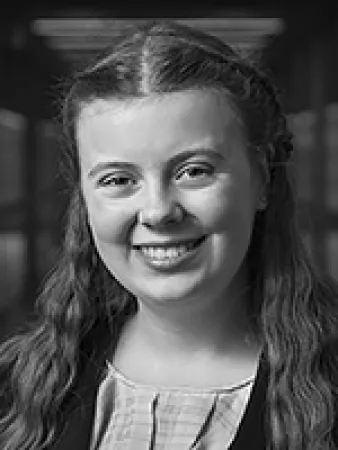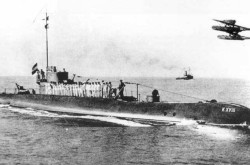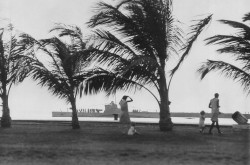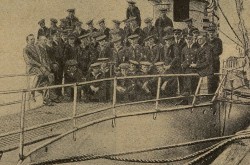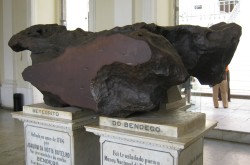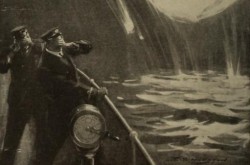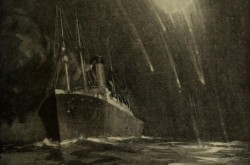Emily Cross - Taphonomic Geochemistry of Fossil Bones from Marine and Terrestrial Fossilization Environments
Emily Cross - Thunder Bay, ON - Hammarskjold High School
Project: Taphonomic Geochemistry of Fossil Bones from Marine and Terrestrial Fossilization Environments
Emily Cross is no stranger to science fairs and ISEF. The heavily decorated youth researcher, science mentor and public speaker has won over 30 science awards and medals, including Gold at the Canada-Wide Science Fair, American Geoscience Institute Special Award First Place at ISEF in 2015, ISEF 4th Place Grand Award and The Sigma Xi Society Global High School Geoscience Medal. She has since become and Associate Member of the Sigma Xi Scientific Research Honour Society, a group which counts over 200 Nobel Laureates in its ranks.
Her research focuses on the geosciences, making discoveries such as a chemical treatment for ironstone to extract the fossils and opals within without damaging them. She focuses her speaking on the empowerment of girls and youth in STEM, being a keynote speaker at XSTEM in Washington DC and the lead-in speaker at TEDx Thunder Bay.
The Grade 12 student’s current project focuses on the geochemical differences between terrestrial and marine fossilization environments. This research has led to a several significant discoveries. Her data can be used to determine ideal conditions for fossilization, give better locations for high quality fossil sites and to generate a template of chemical signatures that can be used to identify what environment (marine or terrestrial) that a fossil formed in.
Further reading:
How I made it: Emily Cross, Scientist and TEDx Speaker



